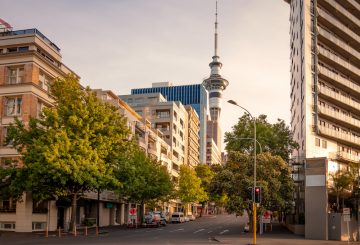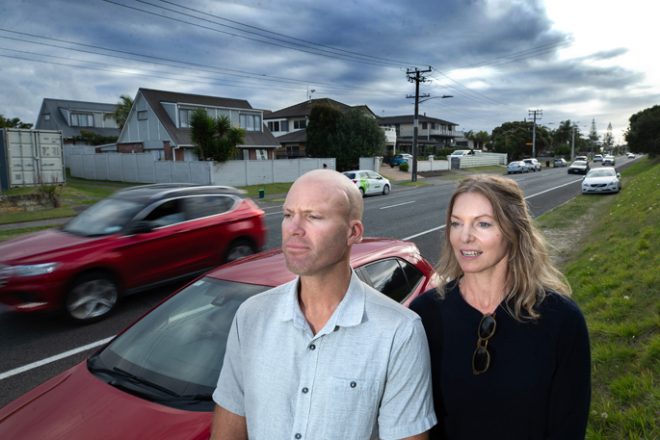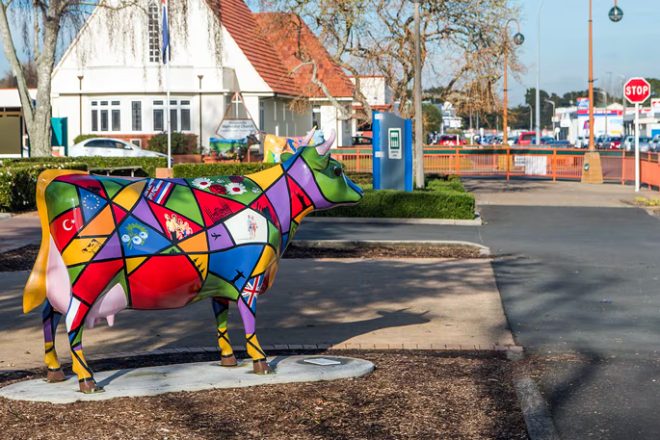Latest research into New Zealand’s premium ice cream industry suggests that exporters could find new buyers in valuable overseas markets including China as consumers increasingly look for tip-top quality in food.
The new research finds scope to expand ice cream exports to Australia, Asia, and the UK. It suggests premium ice cream could potentially follow the global success of premium wine and honey exports, Economic Development Minister Stuart Nash said on Wednesday when releasing a report for the Food and Beverage Information Project, run by government agencies.
“Ice cream is produced in almost every region in New Zealand and there are around 48 local manufacturers,” Nash said, adding the challenge is translating New Zealand’s strong global position in dairy exports into a lucrative global market for ice cream and other frozen treats.
“Our first local ice cream makers started with some of the best milk and cream in the world more than 100 years ago and are still causing ripples,” Nash said.
New Zealand already enjoys tariff-free access for ice cream under a number of Free Trade Agreements (FTAs) in the Asia-Pacific region. This includes tariff-free access to China, New Zealand’s largest ice cream export market, under the New Zealand-China FTA, according to the report.
Consumers are interested in ice cream made of milk from sheep, deer, buffalo, or goats. Plant-based ice cream from oat milk, coconut milk, or soy milk has a growing global market. Gelato and sorbet utilize the best of New Zealand’s abundant horticultural produce, he said.
“The humble hokey pokey in a cone is a Kiwi icon and an essential part of summer. But artisan producers have innovated with organic, seasonal, and rich ingredients or flavors such as A2 milk, sea salt, peanut butter, hemp, and turmeric,” the minister said.
The free trade deal between New Zealand and the UK agreed, in principle, in 2021, holds great potential for ice cream and other dairy exports, he said.
Ice cream exporters can also respond to new consumer demands arising from the global COVID-19 pandemic. There is growing interest in healthy, sustainable, low-carbon, or vegan food, and premium products bought directly from supermarkets for consumption at home, according to the report.
New Zealand has quality raw ingredients and low production costs; a skilled workforce and processing industry trusted by consumers; and close proximity or open access to key markets which are set to grow further with new trade agreements, the minister said.
The report suggests ice cream producers build on existing strengths in the dairy export supply chain; target the premium market and formulate “unique Kiwi flavors”; and focus on a few developed countries where there is already high consumption of ice cream.





















































-helped-regain-her-strength-and-balance-using-Nymbl-after-a-fall.-660x440.jpg)




